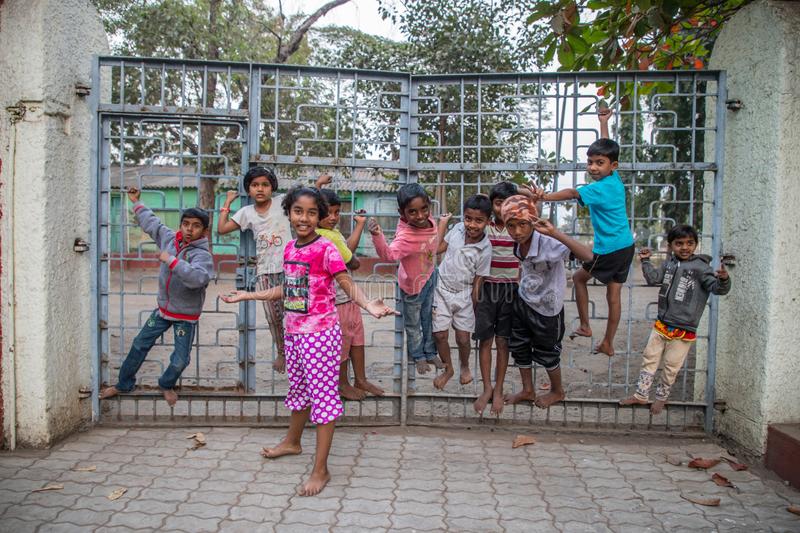Rehabilitation Of Family Will Benefit The Homeless Children
Rehabilitation of family will benefit the welfare of homeless children, 2 lakh children on roads in 10 cities.
The National Commission for Children (NCPCR) has taken up the task of providing a bright future and rehabilitating homeless destitute children walking on roads.
The Commission has changed its thinking and approach in the absence of much success in the efforts made to children’s Rehabilitation.
Instead of a child-based policy for settling street children, a family-based policy is now being adopted. Children wandering the street will be rehabilitated to protect their families.
According to a survey, about two lakh children are on the road in 10 cities of the country. The aim is to make children’s rehabilitation complete within one year.
The goal is to make cities with 50 religious places also child-begging-free. To achieve these goals, the Children’s Commission has recently issued a Standard Operating Procedure (SOP) for the care and protection of street children.
It has decided how to protect and provide care to the destitute child found on the road.
There are many laws and schemes for the protection and proper development of children, but there was no complete success in settling street children, rather the problem increased.
Priyank Kanungo, chairman of the National Commission for Children, says that now they have changed the way of thinking and family-centric policy instead of child-centric policy.
The child cannot be seen as separate from the family, so in order to preserve the child, his family rehabilitation must be done first, so that the child does not appear to be walking on the street, he should go to school and live in a safe environment.
According to a survey by Save the Children Association, about 2 lakh children are on the streets in 10 cities of four states Delhi, Maharashtra, Uttar Pradesh, and West Bengal.
Most of them collect garbage or begging. These children are victims of harassment and many times are also vulnerable to drugs.
In this multidimensional problem, the existing SOP was not becoming as effective, so the Commission has framed the new SOP with a comprehensive interpretation of the laws in which the child is placed as a family.
The procedure laid down in the existing rule laws.
There are three main categories of street children.
These are three categories
One who is alone and destitute. They either run away from home or are orphans or are helpless. The SOP prescribes the process of sending them to immediate child care, adaptation, or foster home.
There is also a matter of Aadhaar verification of the child, so that if Aadhaar is already formed then the family will be known.
The second category is those who go begging on the road during the day and go to their parents in the nearby slums at night. There will be counseling of such children and family.
Admission will take place in the school or Anganwadi of the child until after the parents return from work after school, the child will be placed in an open shelter, which is like daycare.
In the third category the whole family, including children, go begging on the road.
It involves the counseling of the family. The 37 government schemes for the welfare of the poor are linked to that family.
So that the family is able to earn a living and the child goes to school instead of begging on the road to secure his future.
There will be training to sensitize the child welfare committee, police, etc. to implement SOP effectively.
Apart from this, the Child Commission is in talks with various institutions. Negotiations are going on with NGOs to make the cities of 50 religious places in the country child-free.
The app-based dashboard is being prepared to house 2 lakh children living on the streets, details of every child will be kept in it, and live monitoring will be done.




